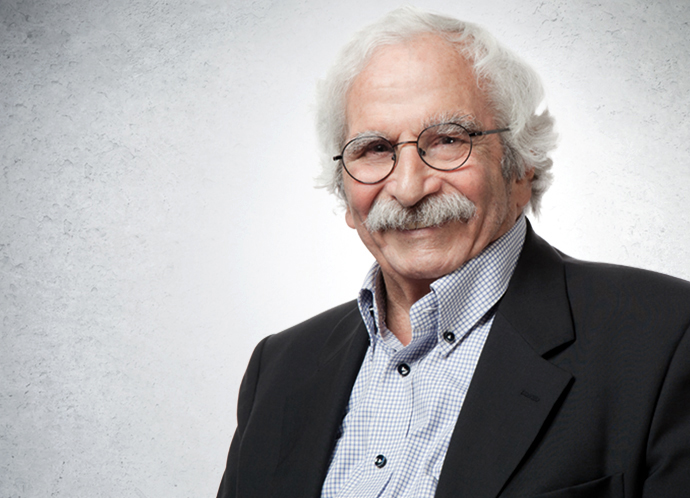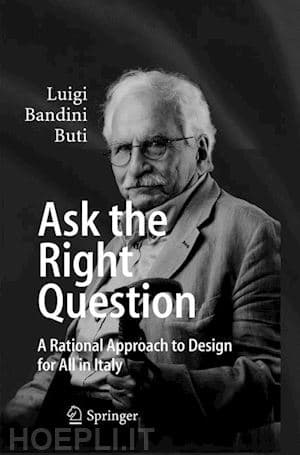In ricordo di Pier Giacomo Castiglioni
In memory of Pier Giacomo Castiglioni
I designer di successo si sono sempre comportati da prime donne.
Era il loro ruolo a chiederlo.
Chi abbia vissuto gli sviluppi del design italiano negli anni ’50, sa cosa intendo dire.
L’industria del boom economico si accorse che il rinnovo della produzione non passava solo per l’innovazione tecnologica, nella quale l’Italia aveva la possibilità di eccellere. Si trattava di ripensare, per esempio al televisore non come monumento al benessere, ma come oggetto quotidiano, utile e bello. Utile può voler dire portatile, compatto, familiare, facile da tener pulito. L’industria aveva bisogno di progettisti rigorosi e sognatori. Erano il suo patrimonio industriale. Li coccolava e li promuoveva.
E spesso li inventava. E’ per questa che le scuole di design stentarono a decollare in Italia, perché le industrie design-oriented svilupparono le loro scuderie e non avevano nessun interesse a promuovere la concorrenza.
E’ facile pensare che i progettisti si sentivano molto vicini a Dio.
Molti, quasi tutti! Ci furono delle eccellenti eccezioni.
Uno è stato Munari, il personaggio così fuori dagli schemi, che sfugge a tutte le classificazioni: artista, artigiano, grafico, designer, filosofo, educatore… Uno che ti proponeva assiomi fondamentali e innovativi, non tanto con principi filosofici, ma con semplicità disarmante e con una esemplificazione sempre gioiosa.
Gli altri erano i fratelli Castiglioni.
lo ero un giovane studente e mi sembrava che dicessero cose naturali e semplici, quasi ovvie. Solo dopo ci si accorgeva della loro profondità e del contenuto concettuale che avevano e dell’intelligenza tecnologica che c’era dietro ma che non appariva. Perché il buon design non si vede, si vede il cattivo design. Il buon design ti fa sembrare ovvia la soluzione tecnologica e nasconde la fatica del raggiungimento dell’obiettivo. Era il segreto del loro design. I Castiglioni non erano entrati, non erano voluti entrare, nello star-system.
I mitici fratelli Castiglioni mi hanno fatto sognare.
Luigi Bandini Buti
21 marzo 2009
Successful designers have always behaved like prima donnas.
It was their role that demanded it.
Anyone who experienced the developments of Italian design in the 1950s knows what I mean.
The industry of the economic boom realized that the renewal of production was not just about technological innovation, in which Italy had the potential to excel. It was about rethinking, for example, the television set not as a monument to prosperity, but as an everyday useful and beautiful object. Useful can mean portable, compact, family-friendly, easy to keep clean.
The industry needed rigorous and visionary designers. They were its industrial assets. It pampered and promoted them.
And often, it invented them. This is the reason why design schools struggled to take off in Italy: design-oriented industries developed their own teams and had no interest in promoting competition.
It is easy to see how designers felt very close to God.
Many of them, almost all! There were, however, some excellent exceptions.
One of them was Munari, so unconventional a character that he eludes all classifications: artist, craftsman, graphic designer, designer, philosopher, educator… He would propose fundamental and innovative axioms, not so much through philosophical principles, but through disarming simplicity and always joyfully communicated examples.
The other exceptions were the Castiglioni brothers.
I was a young student and it seemed to me that they were saying natural and simple, almost obvious, things. Only later did one realize their depth and conceptual content, the technological intelligence that was behind their work but did not display itself. Because good design is not seen; bad design is. Good design makes the technological solution seem obvious and hides the effort of achieving the goal. That was the secret of their design.
The Castiglioni brothers had not become, had not wanted to become, part of the star system.
The legendary Castiglioni brothers made me dream.
Luigi Bandini Buti
21 marzo 2009
© Tutti i diritti di riproduzione sono riservati.


